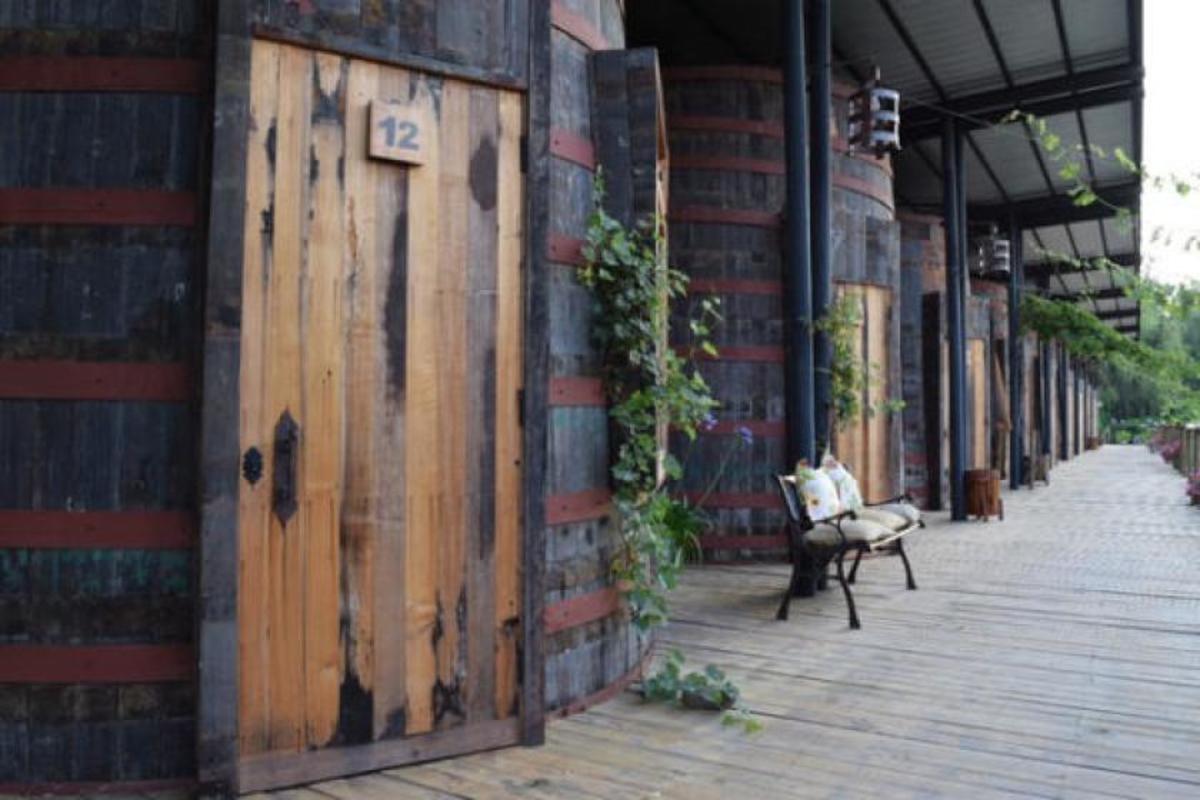Chile blends golf with wine tradition

In 1923, Earl Chapin May, on assignment for The American Golfer magazine, sailed 5,000 miles straight south from New York to explore golf in Chile.
“Chileans have hardly felt the sting of the golf bug. Yet one finds good golf in Chile from Antofagasta, on the Tropic of Capricorn, to Punta Arenas, southernmost of all cities,” chronicled Chapin May, author of the Golfing Through Latin America series.
Almost a century later, there are 54 golf courses in this country that is about as large as Texas and twice as long of Alaska and is home to 18 million habitants — 20,000 of which are golfers — and more than 300 wineries.
“Golf is growing a lot in Chile and I want to invite everyone to visit my beautiful country,” said 19-year-old Joaquin Niemann, of Chile, who tied for fifth at the Military Tribute at the Greenbrier in early July to secure his PGA Tour card for 2019. “The beaches are fantastic and people should explore from the furthest north, in San Pedro Atacama, to the furthest south, in Patagonia.”
The young ambassador of Chilean golf and culture has already competed in three majors. After qualifying for the U.S. Open in 2017, he received an invitation to this year’s Masters by virtue of winning the Latin American Amateur Championship at the historic Prince of Wales Country Club in Santiago de Chile.
The club, located in the outskirts of the Chilean capital, was founded in 1925 by English expatriates to honor the future Kind Edward VIII and accommodate his short visits to the Southern Hemisphere.
The golf courses in Valparaíso, on the Pacific Coast, and Antofagasta, in the northern region, dating from the 1890s, were also the product of English and American businessmen involved in a buoyant mining industry. The Valparaíso course, now Granadilla Country Club, has come a long way from its original clay greens, while the fairways at Antofagasta are no longer made of gravel and delimited by white shells.
“In this country you have something you don’t have in too many places around the world: the combination of golf and wine,” said Felipe Aguilar, a two-time winner in the European Tour. Copper is the leading Chilean export, while wine ranks among the top five. “And there are so many fine wineries around the country.”
Aguilar’s comments echo the observations of Chapin May 95 years ago: “Beneath the modest roof of the clubhouse of the Santiago Golf Club I found a nineteenth hole well stocked with bottled waters, such as a delicious Chilean wine at fifteen cents the liter.”
Within a 100-mile radius of Santiago there are close to 300 wineries producing remarkable and affordable Malbec, Sauvignon Blanc, Carmenere and other local varietals such as País, brought to Chile by Spanish missionaries in the 16th century.
The wine industry is led by visionaries and pioneers in Chile, from Torres in Curicó, founded by the Spanish wine explorer Miguel Torres, to the traditional Viu Manent in Colchagua. It’s here that José Miguel Viu has taken wine tourism to a new dimension, and the restaurant at Casas del Bosque in Casablanca Valley, where chefs “cook for their wines.”

At Cava Colchagua, wine fermentation barrels have been turned into two dozen cozy hotel rooms. (Photo: Juan Luis Guillen)
The same kind of visionaries and wine lovers are behind Cava Colchagua, the Ravanal family hotel with two dozen surprisingly spacious and cozy rooms inside fermentation barrels. WineBox, a maze of suite-size containers, was conceived by local architect Camila Ulloa and kiwi winemaker Grant Phelps, and overlooks the port of Valparaíso from Cerro Mariposa.
On top of this combination of golf, wine, and hospitality, Chile seems to have an endless supply of fresh seafood, avocados, oranges and a well-respected culinary scene. In short, plenty of reasons to venture 5,000 miles south.
In the words of Chapin May: “All North American golfers who journey to Chile will be royally welcomed by the Chilean golfing clan and find true Southern California scenery and climate, only it is glorious Winter down there when it is hot Summer up here.”
Or it is glorious summer down there when it is cold winter up here.
Juan Luis Guillen is a Spanish golf, food and travel writer based in the U.S.
Email: juan@golfgusto.com
Instagram: @golfgusto
